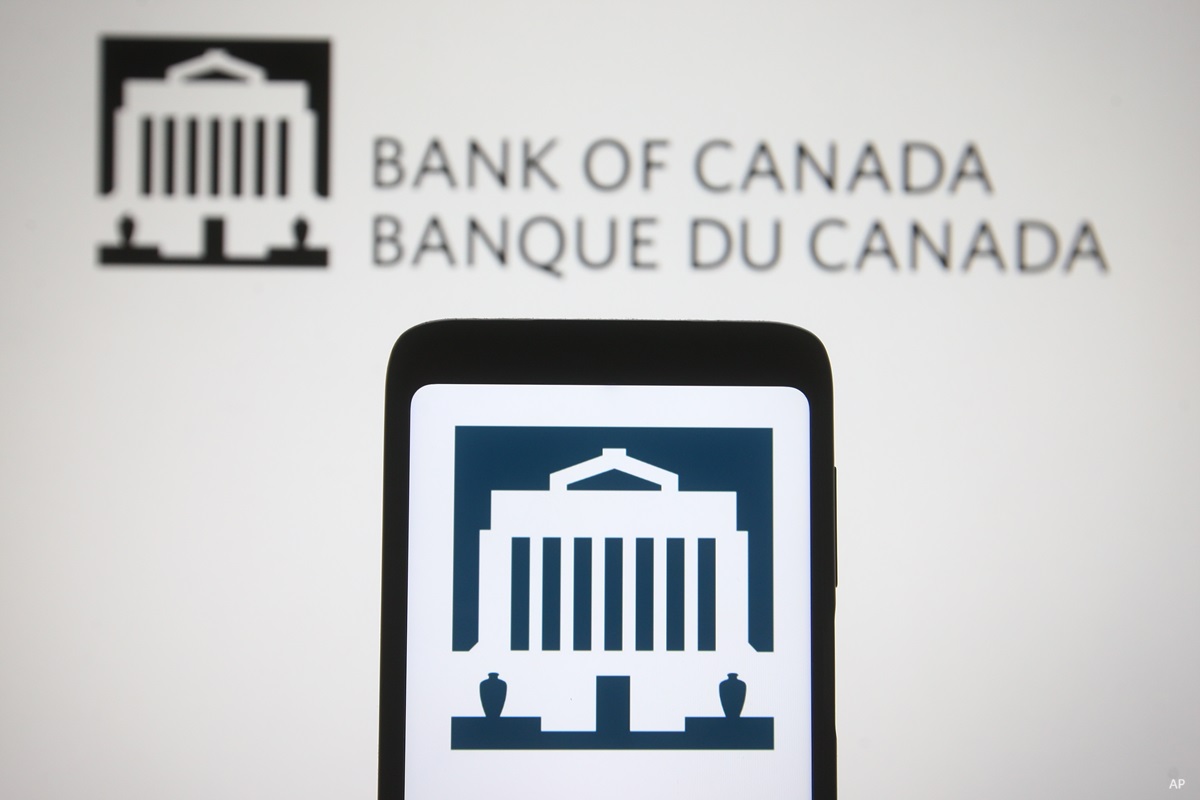Many Millennials have had extended stays with their parents, squeezed out of a red-hot housing market and sequestered to the basement to save up a down payment for their own home. They’re almost there, or at least well on their way.
The average RRSP account held by Millennials is now at $28,821, 87% higher than $15,377 in 2016, according to Bank of Montreal (BMO)’s annual RRSP Study. This far outpaces Baby Boomers, who saw RRSP account increases of only 30% over the same time period.
“The Millennials around my office – they’ve grown up,” says Robert Armstrong, Vice President, Multi Asset Solutions, BMO Global Asset Management, adding that low unemployment rates are raising confidence levels across the board. They have more disposable income today to diligently stow away.
Access to information and new technologies are helping make financial decisions more informed and easier than ever for both Millennials and Boomers.
Human advice for a digital generation
Boomers have had the advantage of growing up with more of a ‘personal touch’ – or human financial advisors. However, Millennials have had the advantage of a digitally-integrated upbringing, so when it comes to their finances they want to connect, collaborate and automate. But no smartphone app is one-size-fits-all.
Morningstar’s director of personal finance, Christine Benz points out that all investors need to get financial advice first, and investment advice later. “For most people in early accumulation mode, investment decision-making should be secondary to big-picture decision-making. And people could use help with big-picture decision-making, and putting some math around those decisions, more than they might think,” she says.
“Many Millennials choose to pursue their financial goals on their own. But they risk missing out on the benefits that come with an experienced financial professional,” says Scott Evans, a Certified Financial Planner with Blueshore Financial.
Armstrong mentioned that during the recent market correction, Canadians were largely holding, not selling and a lot of people took a break.
Perhaps many investors with an advisor were talked down from panic selling. Instead of a one-touch trade over an app, they sought out a lesson on market cyclicality and were convinced to hold down the fort. Or perhaps Canadian investors of all stripes are picking up the right market cues through financial media outlets.
“Advisors offer an objective point of view and help you look at your full financial picture, including all assets and liabilities,” says Evans, “Millennials should think of an advisor as a personal coach for their finances.”
Take an individual looking to withdraw from their RRSP for a home down payment. The BMO survey found that while 87% of Canadians agree that an RRSP helped make a down payment, only 60% felt comfortable withdrawing from it.
Meanwhile, Millennials are eager to enter the housing market and their RRSP levels are reaching down-payment territory (for a small condo at least). And thanks to the federal Home Buyer’s Plan (HBP), which allows first-time home buyers a withdrawal of up to $25,000 without immediate tax implications – as long as it’s paid back over the following 15 years – Millennials are on the cusp of entering a foundational financial chapter in their lives.
How might an advisor help coach a millennial looking to make a move? Millennials are about to deploy their savings and reinvest them over two separate timelines with separate strategies. One where they’re saving up for the down payment, and another where they’re investing for retirement.
Before buying a home
Matthew J. Ardrey, a Certified Financial Planner with TriDelta Financial, suggests Millennials using their RRSPs for a down payment take a different approach than those using their RRSP for retirement, especially given the recent market environment.
“The HBP timeline is often only a year or two away. This impacts how one should invest those funds considering market volatility,” says Ardrey, “The last thing a Millennial, or anyone saving for that matter, would want to see is a significant portfolio decline just before they need to use the funds.”
Low-risk bonds, GICs, savings accounts or cash equivalents are some examples.
But Millennials fortunate enough to hold RRSPs larger than the $25,000 HBP withdrawal limit should segment their investments. “One thing to note, is if a Millennial has a larger RRSP, not the whole RRSP needs to be invested in the same manner,” says Ardrey, “if the RRSP is $75,000, then $25,000 should be invested conservatively for the future HBP withdrawal and the remaining $50,000 can have a more growth-oriented strategy for the future retirement savings.”
After buying a home
Once the funds are withdrawn and the qualifying home purchased, repayment time comes along. “I would recommend making these repayments, as if you do not, then they are included in your income and the ability to replenish that part of your RRSP is gone forever”, says Ardrey.
Ardrey recommends ensuring the first-time home buyer’s accountant makes the correct election on his/her tax return to record the RRSP contribution as an HBP repayment, at least up to the minimal annual amount.
And once it comes time to allocate those RRSP contributions, Millennials should keep an eye out for blind spots. “They haven’t experienced a full market cycle, says Evans, “They may not be aware of their own behavioural biases during times of uncertainty. Holding too high a concentration of a particular stock or asset class could lead to panic selling at the worst time.”
“Another blind spot could be chasing the hot stocks,” added Evans, “as Millennials are generally more comfortable with technology, they may look towards owning the large U.S. technology companies that have performed so well over the last number of years. However, if you look at the volatility those same FAANG stocks had during the 4th quarter of 2018, it’s clear that as a basket those stocks do not create a diversified portfolio.”
Lastly, some Millennials might want to avoid an RRSP altogether for their home purchases. A TFSA is an interesting alternative to an HBP, says Ardrey. There is no requirement to repay. It may be attractive to Millennials who after buying a home, may not have the available extra income to make the HBP repayments.





.jpg)














